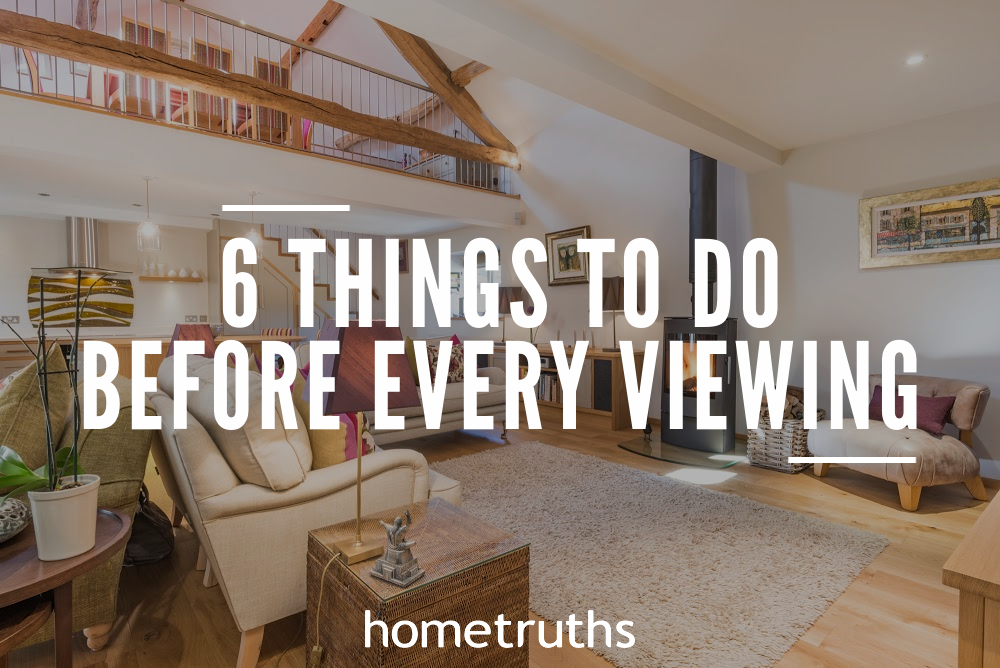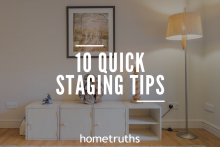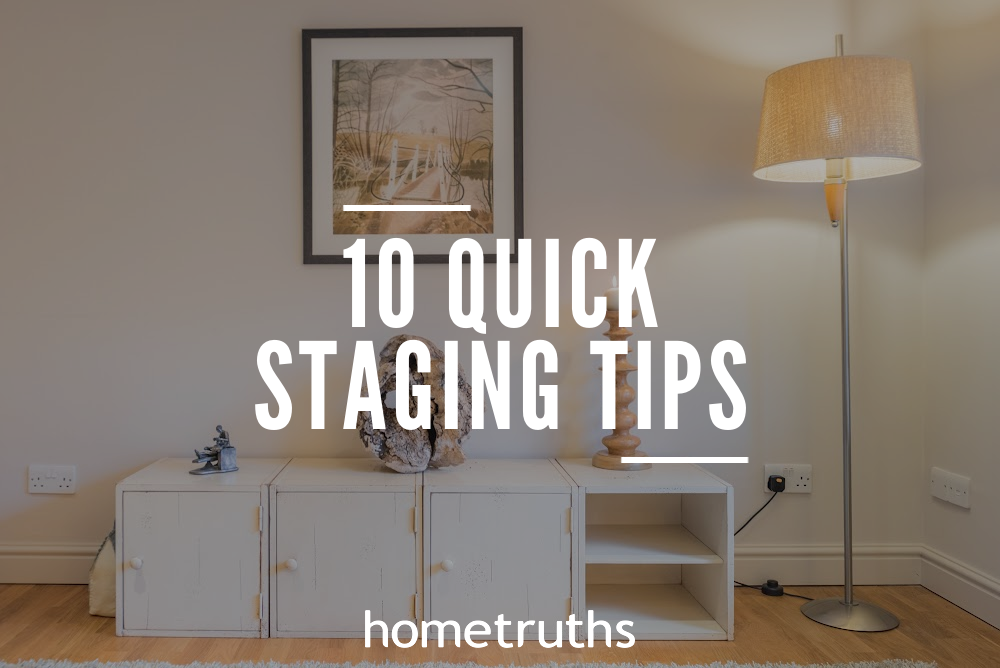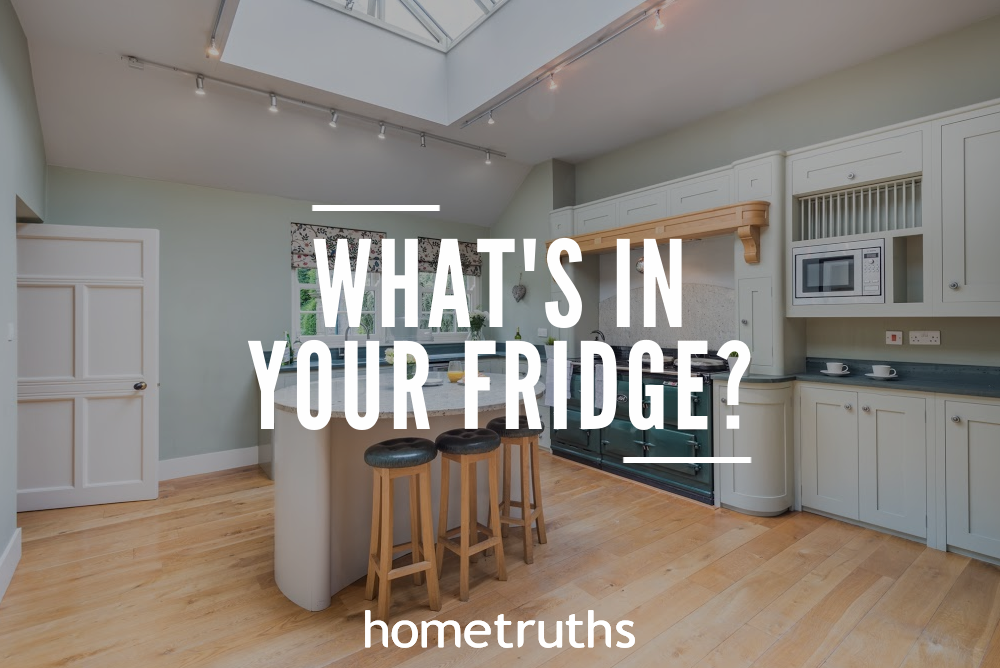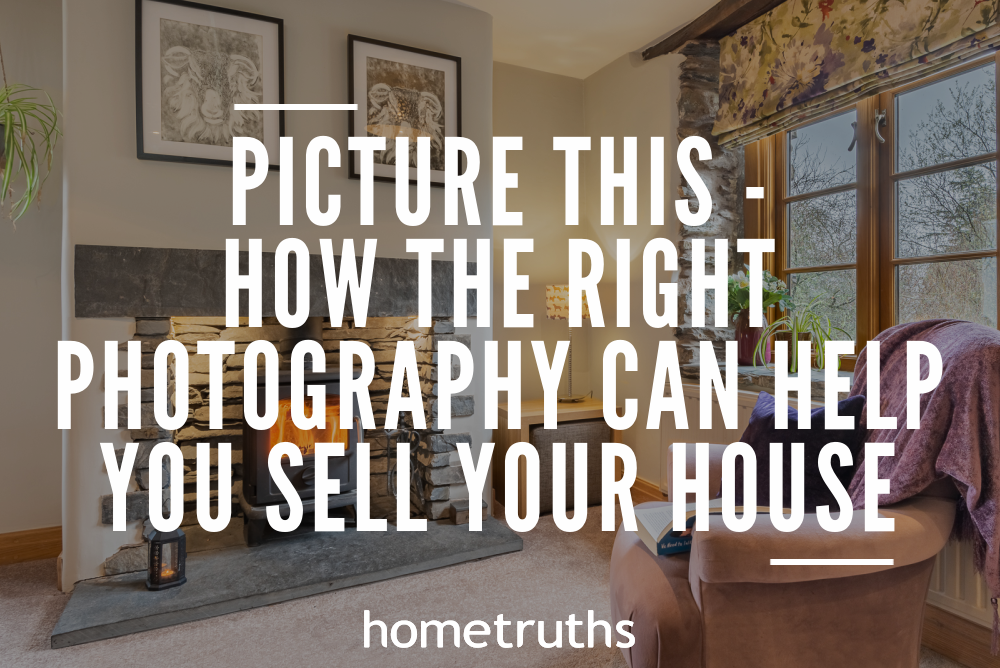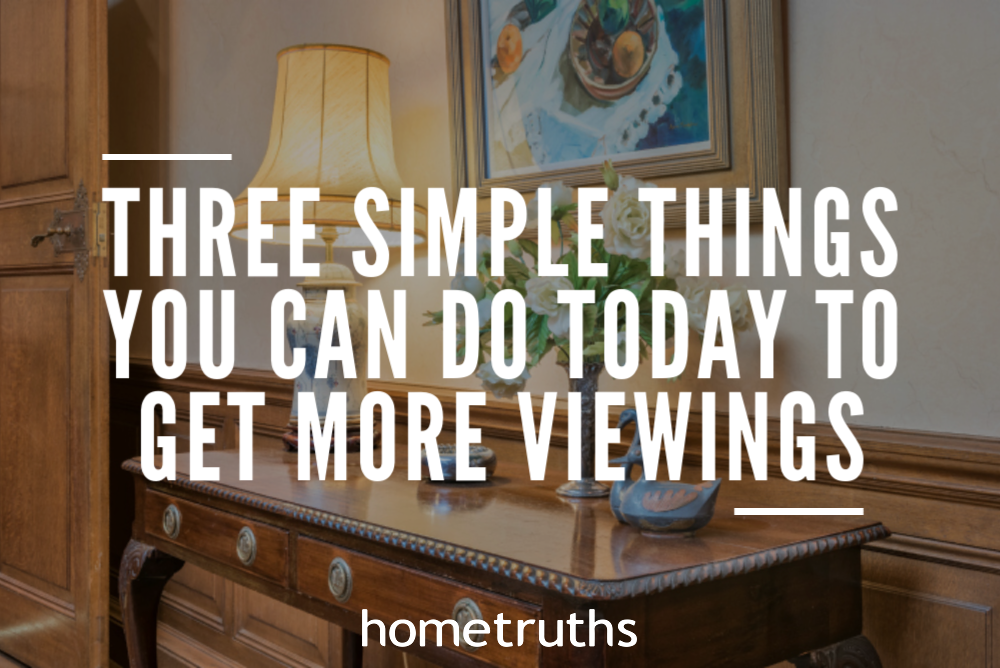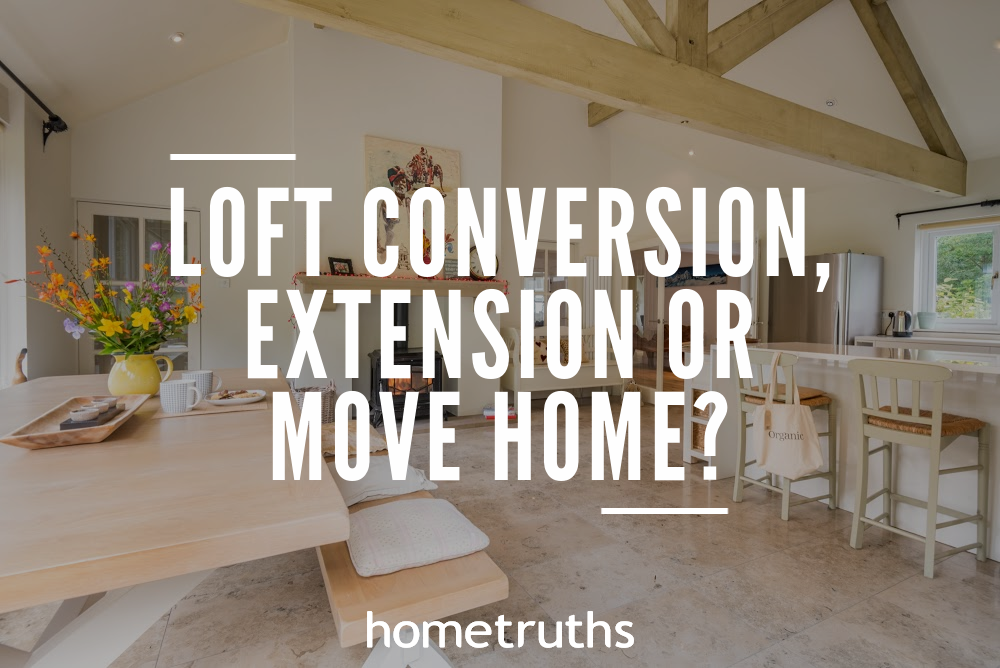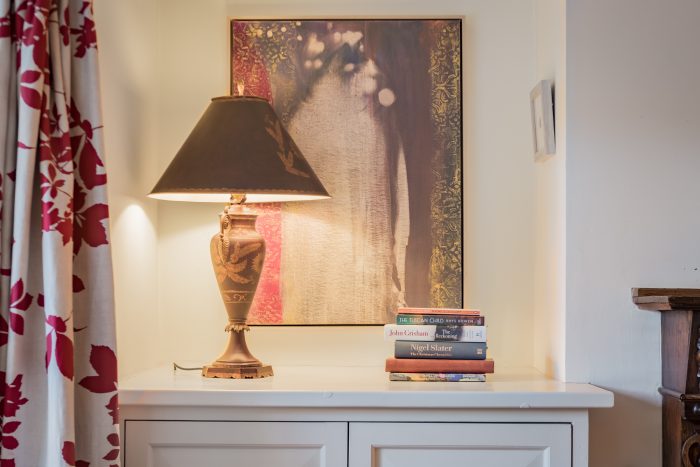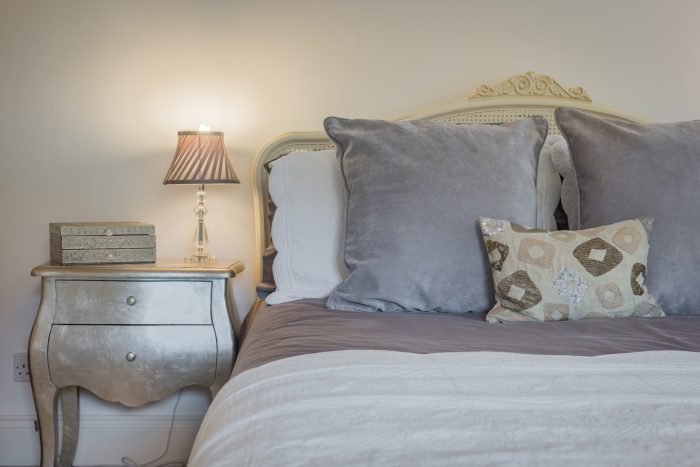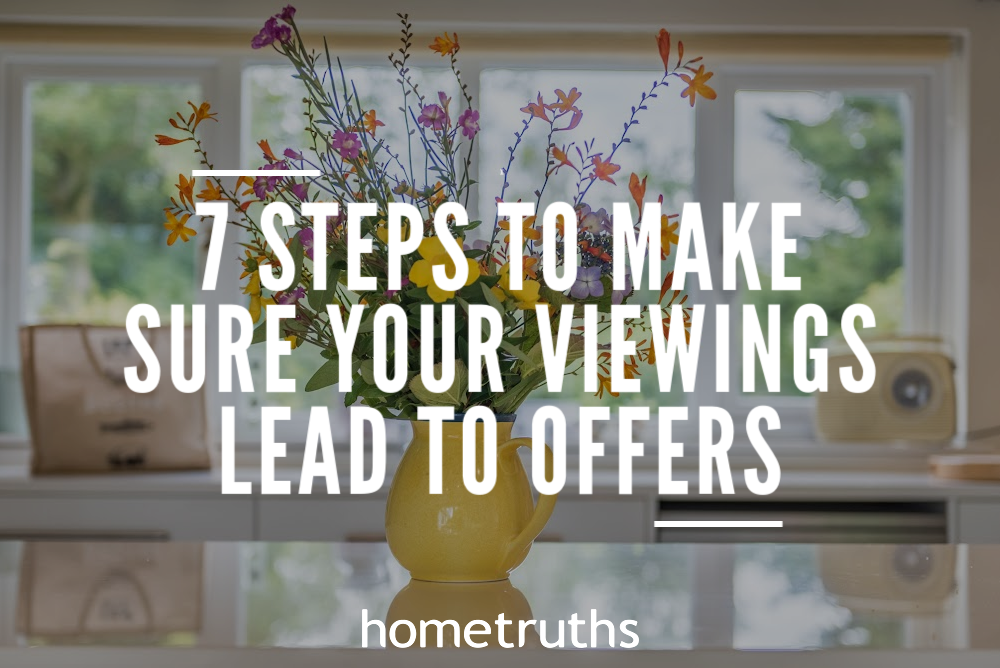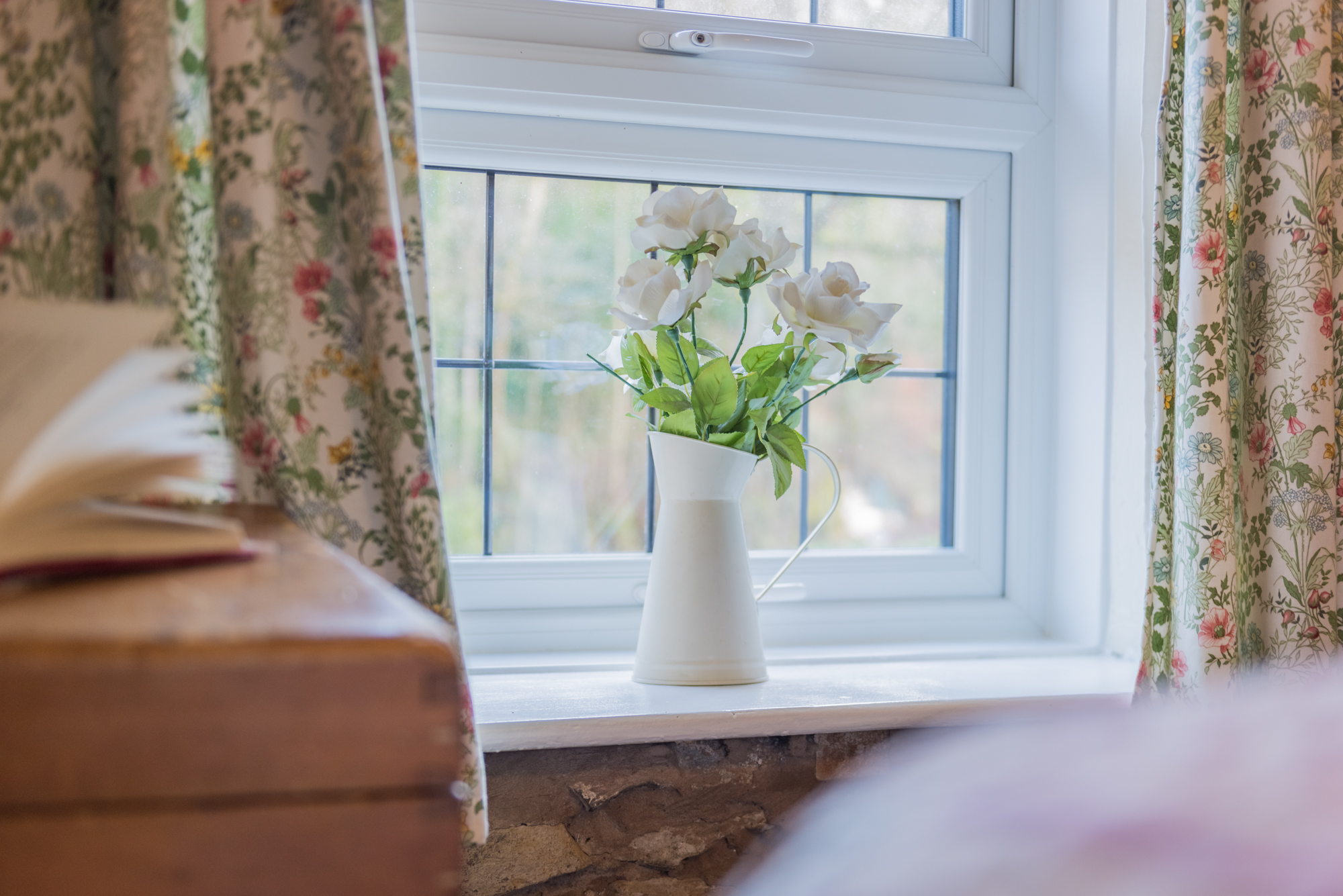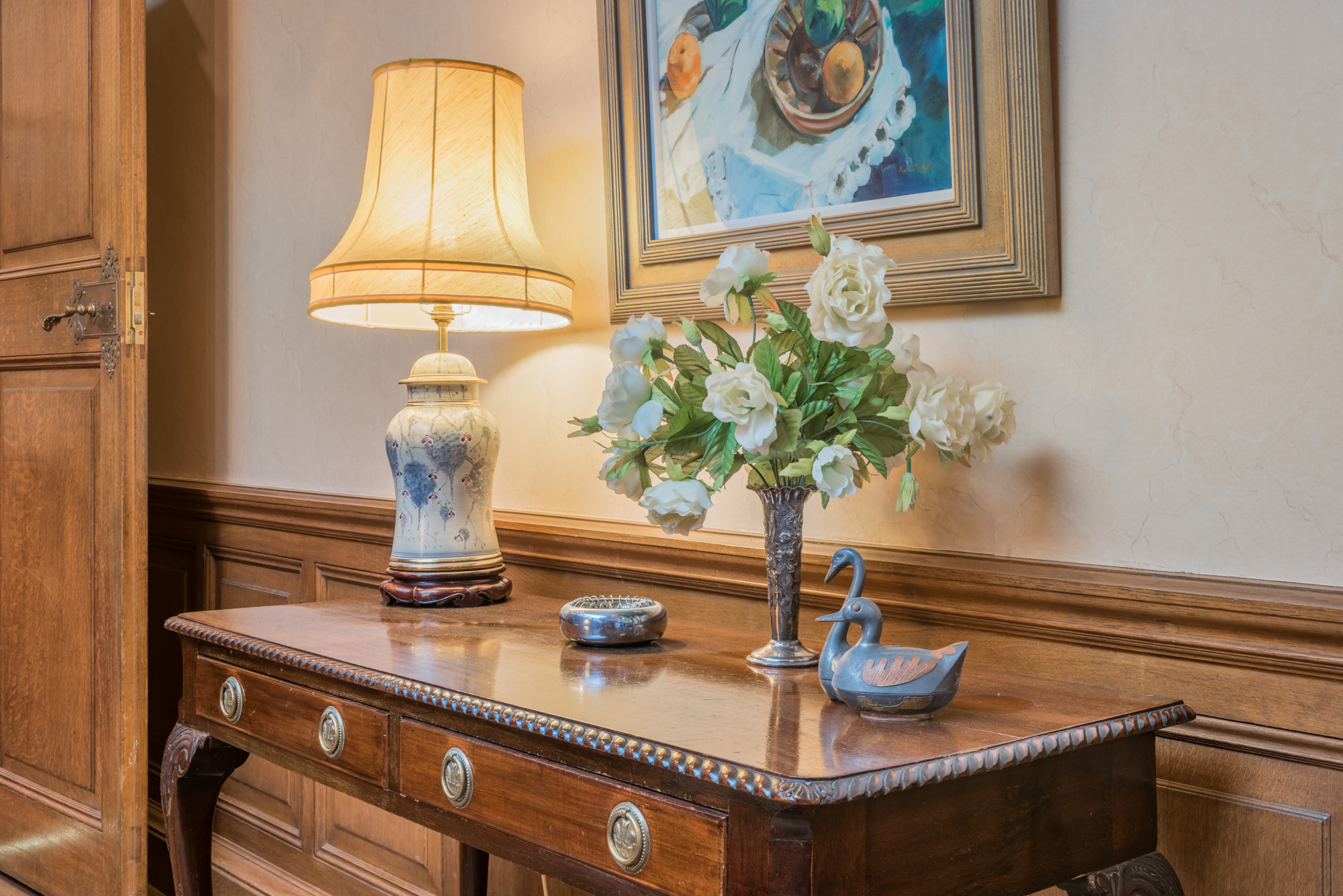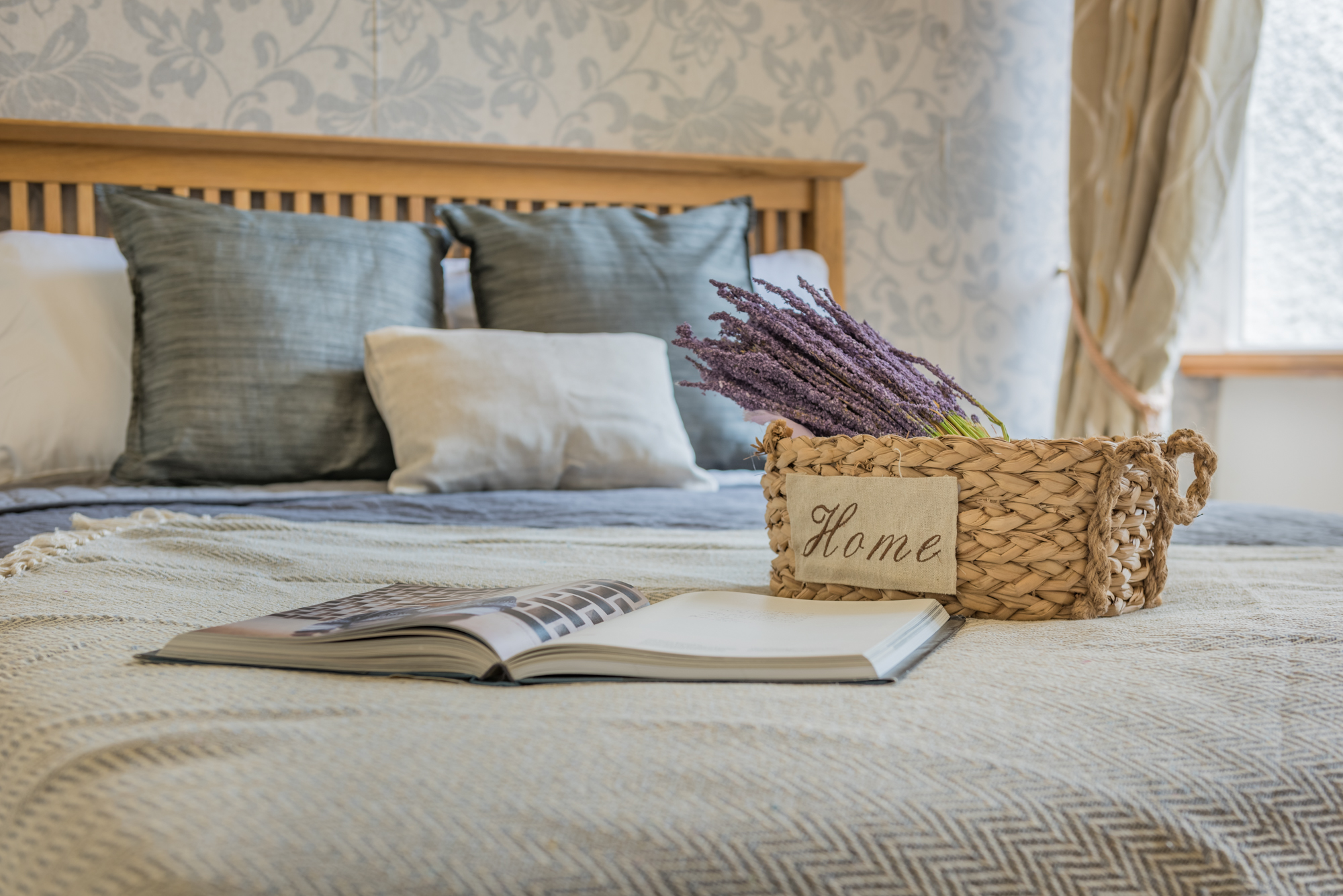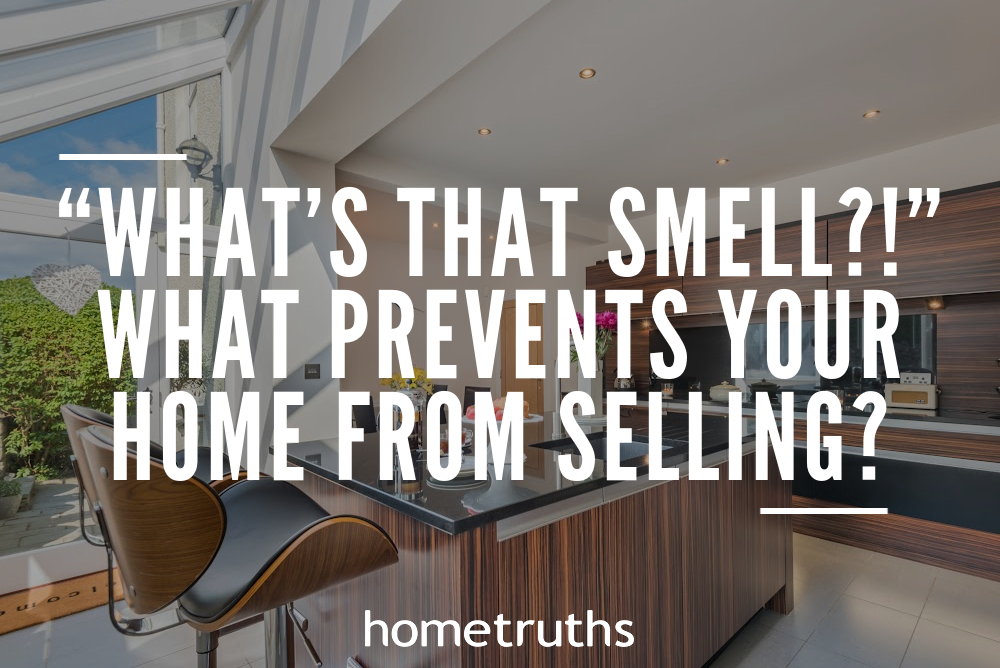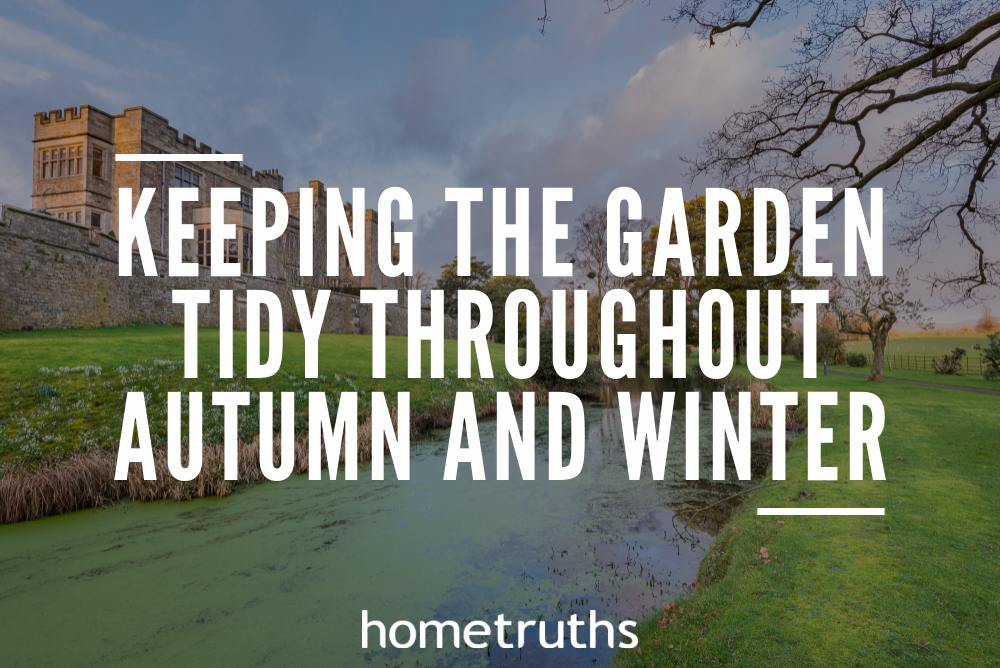When you first put your home on the market, you may have gone to great lengths to make sure it looked its absolute best for each and every viewing. Flowers, freshly laundered bedding, sparkling windows and the dog out of the way: everything you could do in fact, to really bowl over your viewers and persuade them that yours is the home they want.
As time goes on, and the viewings become less and less frequent, it’s easy to lose your enthusiasm, and perhaps make less effort for each viewing booked. After all, it’s a real effort, preparing your home for a viewer, and what’s the point, if they aren’t going to make an offer?
But they might! Every new viewing is a step closer to selling your home, and deserves just as much care and attention as those first few viewings that you found so exciting. To keep you on track, and your house looking great, here are my six tips to do before every viewing. Cut out the list and keep it on the back of a cupboard door, to make sure every viewer sees your house looking its absolute best:
- Clean and clear – buyers judge room sizes by how much floor space they can see, and in the kitchen – how much work surface. Get rid of anything that doesn’t add to the presentation, and that could be distracting to a viewer. If you’re short of time, grab a washing basket and walk around your house, gathering up anything that shouldn’t be there. Stick it in your car until after the viewing when you have time to sort it out!
- Get rid of kids and dogs – you’ll feel much more relaxed if you and your viewer have the house to yourselves, and so will they. You can focus on what to say about each room, and the best order to show your home without a child tugging at your leg, or your dog sniffing your guest inappropriately.
- Freshen up – open windows to let some fresh air in, especially if you have pets, and definitely if you are partial to spicy food. Don’t make the house cold though, it shouldn’t feel chilly as you walk round.
- Light lamps – take a leaf out of developers’ books, where their showhomes have all the lights on, all the year round. Usually, table lamps are enough to add a cosy glow, and underlighting in the kitchen if you have it.
- Bedding and towels both need to be freshly laundered. If you’re a busy household with little time to spare, consider keeping a duvet ready dressed with a clean cover to simply pop over each bed just before a viewing. Same with towels – keep some hidden in the airing cupboard just for viewings.
- Finishing touches – if you have time, fill vases with flowers, or simply with some pretty foliage from the garden. Pop some relaxing music on low, and get your best smile ready – it’s showtime! Whether it’s your first viewing, or your fifty-first, making sure your viewer feels like the VIP they are is super important if you want to get an offer. Giving them the best experience of your home will make them feel important and relaxed, and so in the positive and happy frame of mind to make an offer to buy your house, and not anyone else’s!
If you’d like my help to sell your home more effectively, please answer a few short questions here and if I think I can help you, I’ll be in touch.


